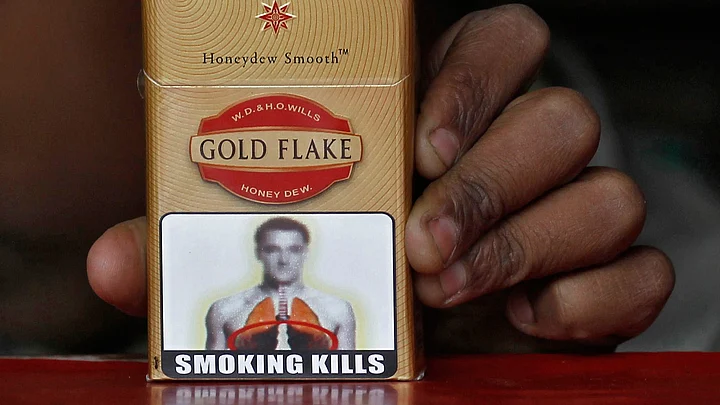Expressing concern over larger pictorial warnings on tobacco products, industry bodies, the Confederation of Indian Industry (CII) and FICCI on Wednesday said it has led to a spurt in illegal import of cigarettes and the government must take steps to curb such activities while maintaining the status quo on the matter.
In separate letters to Health Minister JP Nadda, the industry chambers said illicit cigarettes are threatening the “livelihood of crores of farmers and people employed in the (organised tobacco) industry”.
It is indeed a matter of concern that tobacco regulation in India, instead of achieving the stated objective of tobacco control, has unfortunately led to the proliferation of illegal and contraband products.Chandrajit Banerjee, CII Director General in a letter to JP Nadda
An increase in unscrupulous trade activity has resulted in law and order problems as well as a threat to the livelihood of millions of farmers and the legal (tobacco) industry, he added.
CII urges the government to look into the matter and ensure that a balanced view on the issue of graphic health warnings is taken. Until we are able to rein in the illegal trade in the sector effectively, it would be desirable to maintain a status quo on pictorial warning.
Banerjee said companies manufacturing cigarettes have been compelled to shut operations due to lack of clarity on the proposed graphic health warnings on tobacco packets.
Expressing similar views, FICCI President Harshvardhan Neotia in a letter to Nadda said the “warning is too harsh and will result in flooding of illicit cigarettes and gains to unscrupulous elements at the cost of livelihoods of crores of farmers and people employed in the industry”.
In view of this we would request you to expeditiously resolve the current situation.Harshvardhan Neotia, FICCI President
Banerjee said the legal Indian cigarette industry has been facing a continuous drop in demand because of high taxation and the exponential growth of duty-evaded illegal cigarettes that do not carry pictorial warnings, thereby creating the impression that they are safer for consumers.
As a result, legal cigarettes today represent only 11 percent of tobacco consumption in India.
From 1 April, the Health Ministry’s notification came into force for implementation of the Cigarettes and other Tobacco Products (Packaging and Labelling) Amendment Rules, 2014. It prescribes larger pictorial warnings, covering 85 percent of packets on tobacco products.
(At The Quint, we question everything. Play an active role in shaping our journalism by becoming a member today.)
